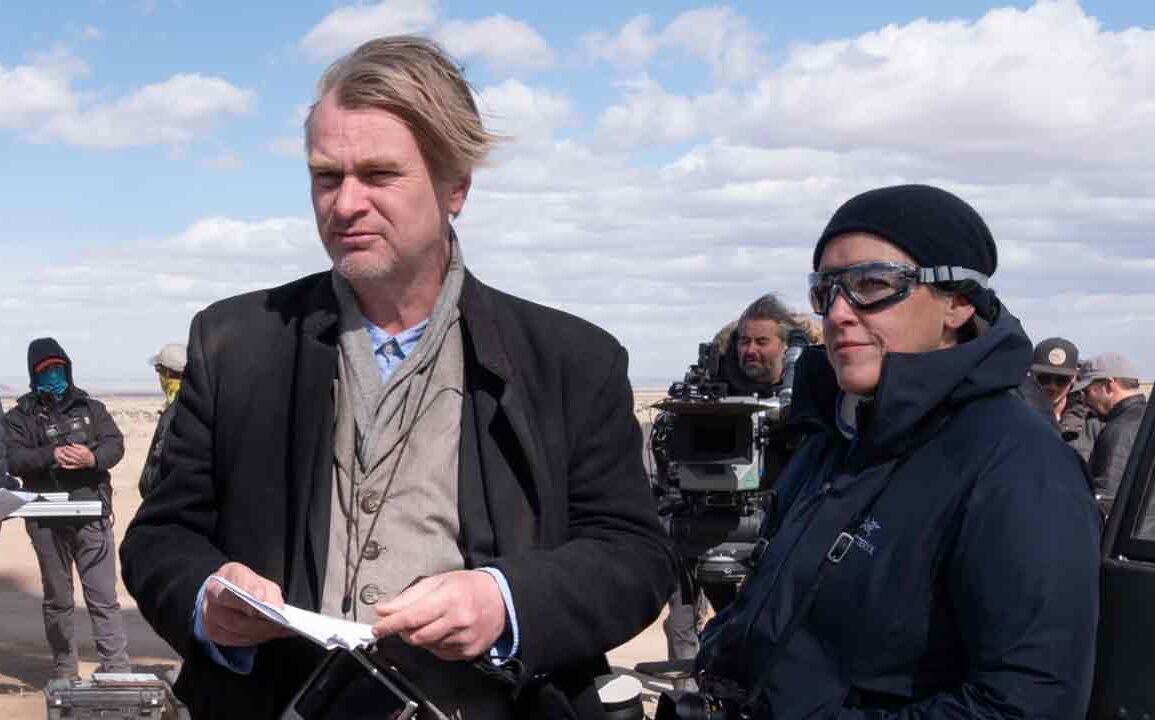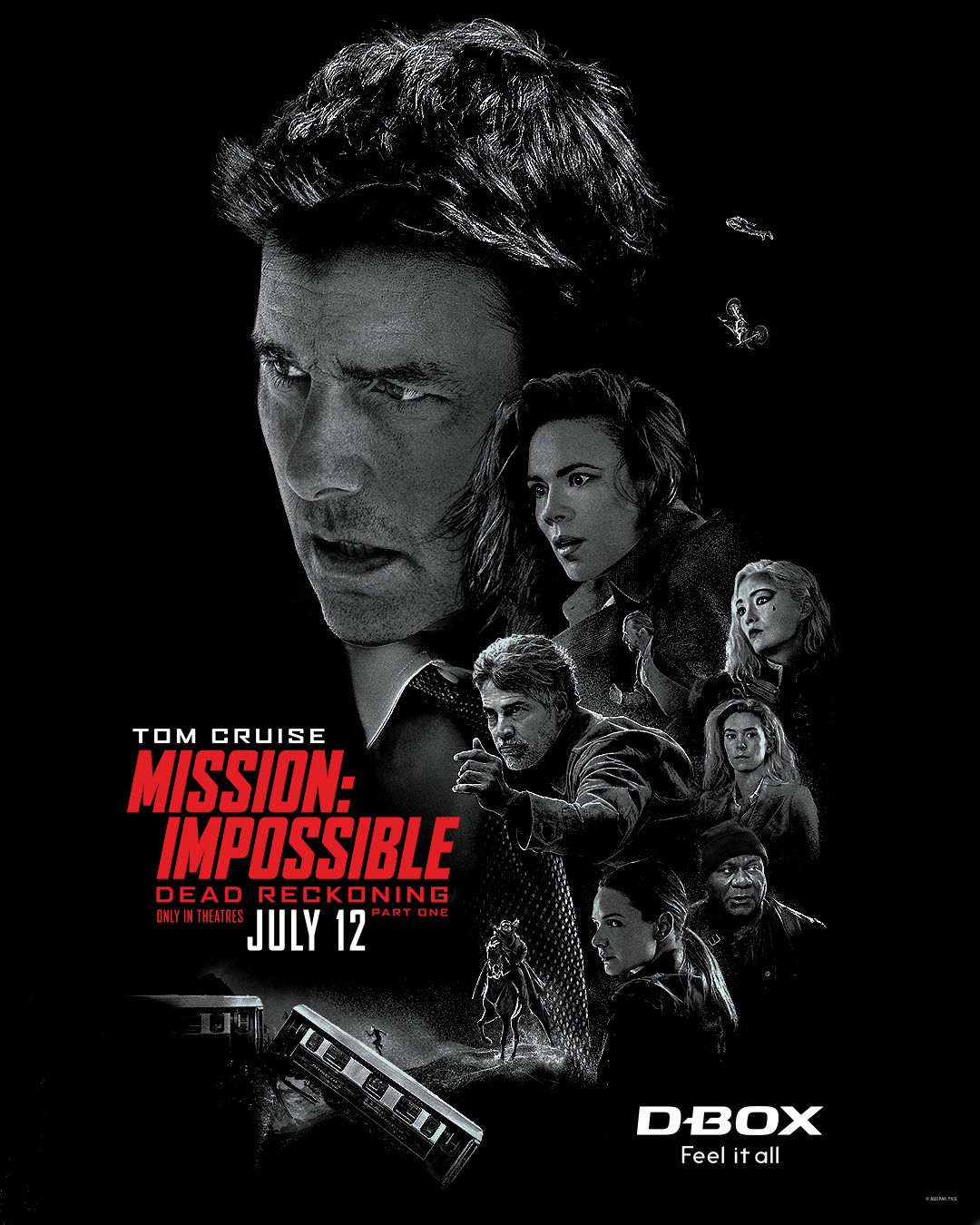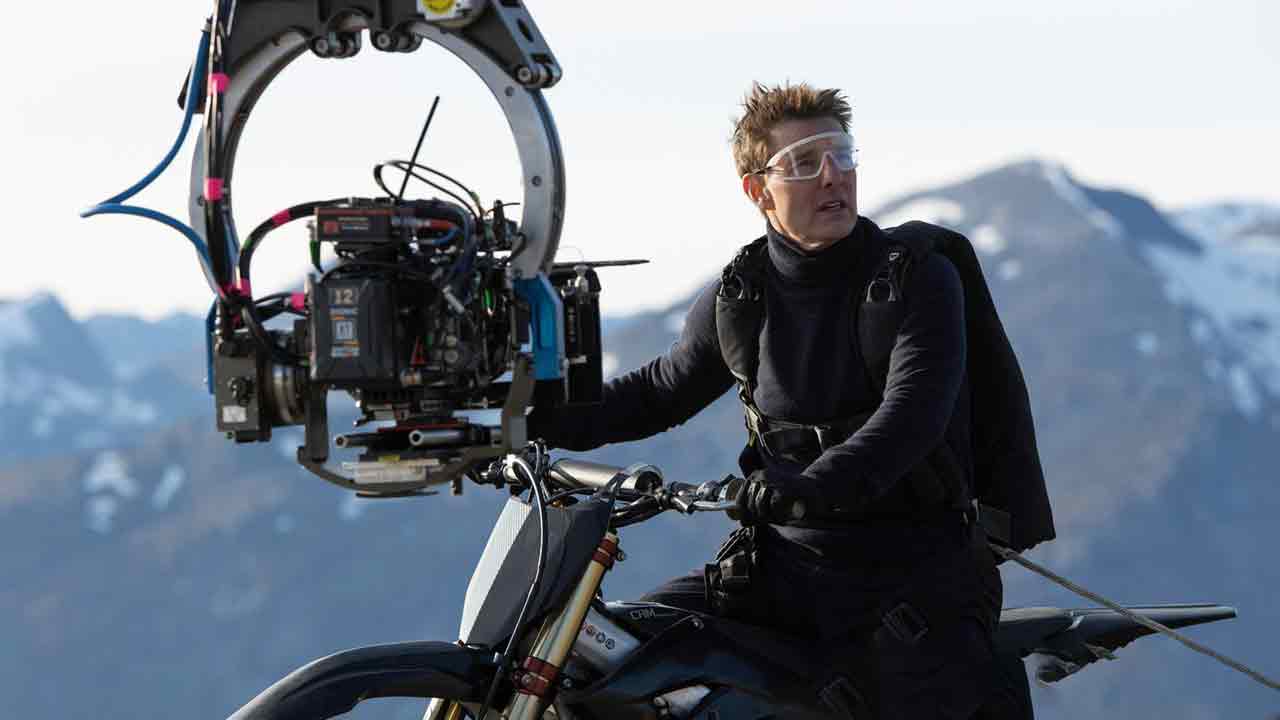Universal Pictures is shifting gears and ramping up the marketing machinery for Oppenheimer. And the man himself, Christopher Nolan, is no longer being reticient about doing press. In a long-running interview with The Associated Press, Nolan explains the different IMAX file formats, the best ones to watch Oppenheimer on and addresses some technical limitations of the format.
With IMAX, Nolan’s aim has always been to provide viewers with a larger-than-life cinematic experience, one they simply cannot get at home despite the advent of streaming and supersized home theater setups.
We put a lot of effort into shooting the film in a way that we can get it out on these large format screens. It really is just a great way of giving people an experience that they can’t possibly get in the home.
Oppenheimer was shot on 65mm film and is set to be projected on 70mm IMAX screens, the largest format to exist. To give a sense of just how much detail is packed into each frame, that’s the equivalent of 18,000 pixels horizontally. When projected on a 70mm screen, the IMAX picture can be considered as having an 18000 x 16000 resolution. That’s almost 10 times the resolution of traditional 35mm film which itself caps out at 2000 x 1000 resolution. It’s also a far cry from the 1920 x 1080 resolution that most smartphones, laptop screens and TVs have. That gives filmmakers like Nolan an image with an incredibly high visual fidelity.
The sharpness and the clarity and the depth of the image is unparalleled. The headline, for me, is by shooting on IMAX 70mm film, you’re really letting the screen disappear. You’re getting a feeling of 3D without the glasses. You’ve got a huge screen and you’re filling the peripheral vision of the audience. You’re immersing them in the world of the film.
Despite this, Nolan understands that the majority of theaters worldwide don’t have the necessary equipment and setup to play 70mm. Only 25 theaters across North America can play films in this format. Regretfully then, most audiences worldwide will witness Oppenheimer in other usual, widely available formats such as Digital IMAX or 35mm. To that end, Nolan and cinematographer Hoyte Van Hoytema shot Oppenheimer keeping this in mind, with frame lines for all the different aspect ratios visible on their cameras.
We have to plan very carefully because by shooting an IMAX film, you capture a lot of information. Your movie is going to translate very well to all the formats because you’re getting the ultimate amount of visual information. But there are different shapes to the screen — what we call aspect ratios. What you have to plan is how you then frame your imagery so that it can be presented in different theaters with equal success. From a creative point of view, what we’ve found over the years is that there’s no compromise to composition.
For fans dismaying at the inability to see the film in the director’s preferred format, there is hope though. As explained in an aforementioned quote, IMAX allows Nolan and team to capture the sharpest possible image, which in turn makes it look a lot better on other non-IMAX formats as well. Regular cinemagoers are in for a visual treat as well.
This is the exciting thing about shooting an IMAX film: When you scan it for the digital format, you’re working with the absolute best possible image that you could acquire, and that translates wonderfully to the new projector formats like the laser projectors.
Check out the complete interview in the source link as Nolan talks about makeup tests, the impact of IMAX and much more.
Oppenheimer releases in theaters on July 21, 2023. Tickets for the movie are now on sale.




